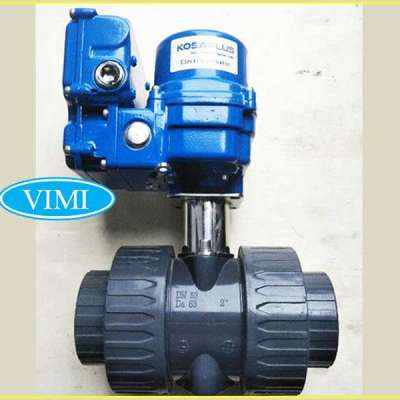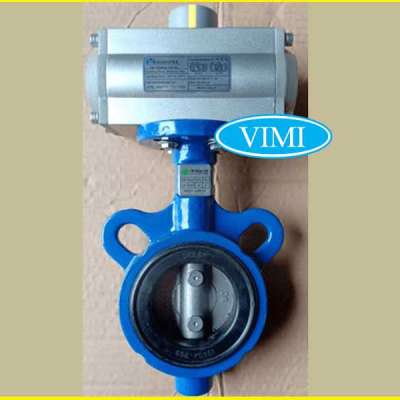The global biorational pesticides market will grow from USD 7.5 billion in 2023 to USD 15.1 billion by 2028, growing at a CAGR of 15.2% during the forecast period. Organic agriculture, prioritizing natural and sustainable methods while shunning synthetic chemicals, has been pivotal. It underscores a focus on eco-friendly solutions and aligns perfectly with the essence of biorational pesticides—derived from natural origins and demonstrating minimal environmental impact. This mutual alignment complements the core principles of organic farming, fostering the heightened adoption of biorational pesticides within this evolving agricultural landscape.
Download PDF brochure: https://www.marketsandmarkets.....com/pdfdownloadNew.a
The botanical source of the biorational pesticides segment is driving the market due to simpler storage needs and broad spectrum effect against insects, fungi, or other pests
Pesticides derived from plant sources or their extracts, known as botanical-based pesticides, frequently exhibit characteristics that enhance their stability during storage. These compounds, originating from plants, often possess inherent stability, mitigating rapid degradation or breakdown under standard storage conditions. This inherent stability contributes to an extended shelf life in comparison to certain microbial-based pesticides.
In terms of storage requirements, botanical-based pesticides typically demand simpler conditions than some microbial-based counterparts. While they may require standard storage practices, such as averting extreme temperatures or excessive moisture, they generally do not mandate specialized storage facilities or rigorous environmental controls.
Liquid formulation segment exhibits highest CAGR of 15.3%, driving biorational pesticides market growth
Liquid formulations of pesticides present distinct advantages over their dry counterparts, propelling their increased market demand. Their ease of application stands out as a primary factor, as liquids allow for more uniform spraying over large areas, ensuring enhanced coverage, particularly on uneven or densely foliated surfaces. This attribute facilitates efficient application, contributing to better pest management outcomes.
North America accounts largest share in the biorational pesticides market and witnessing growth due to tight regulations and limitations on the application of conventional chemical pesticides
The agricultural sector in North America is characterized by a variety of farming systems, including large-scale commercial operations and smaller organic and specialty crop farms. This diverse landscape creates favorable conditions for the utilization of biorational pesticides across a wide range of crops.
In North America, regulatory bodies have erected robust frameworks, rigorously scrutinizing the usage of conventional pesticides, fueled by apprehensions encompassing safety and environmental repercussions. These stringent measures have triggered a surge in the quest for biorational pesticides, esteemed for their perceived safety and eco-friendly attributes. A significant milestone unfolded when the U.S. Environmental Protection Agency (EPA) championed the cause of shielding children and agricultural workers from the perils of a hazardous pesticide with ties to enduring cognitive impairments.
Speak to Analyst: https://www.marketsandmarkets.....com/speaktoanalystNe
Key Players
The key players in the biorational pesticides market include BASF SE (Germany), Bayer AG (Germany), UPL (India), FMC Corporation (US), Syngenta AG (Switzerland), Novozymes A/S (Denmark), Sumitomo Chemical Co., Ltd (Japan), Pro Farm Group Inc (US), Koppert (Netherlands), Valent BioSciences LLC (US), Gowan Company (US), Certis Biologicals (US), Biobest Group (Belgium), BIONEMA (UK), and Vestaron Corporation (US).
Like
Comment
Share
















